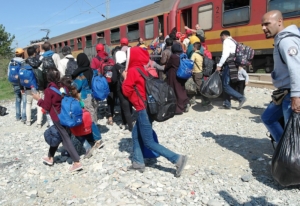 Gentrification in traditionally working-class neighborhoods in cities like Lisbon, Portugal, is increasing house prices. At the same time, the government’s recent plans to deport thousands of migrants are raising concerns. Together, these changes threaten multiethnic neighborhoods and immigrant identities across Portugal. However, many organizations are resisting this by empowering migrant communities in Portugal through a range of projects.
Gentrification in traditionally working-class neighborhoods in cities like Lisbon, Portugal, is increasing house prices. At the same time, the government’s recent plans to deport thousands of migrants are raising concerns. Together, these changes threaten multiethnic neighborhoods and immigrant identities across Portugal. However, many organizations are resisting this by empowering migrant communities in Portugal through a range of projects.
Deportation and the Rise of Populism
The recent rise in far-right populism and political strategy ahead of a general election has led to plans to deport 18,000 irregular migrants across Portugal. Luis Montenegro, leader of the center-right party Democratic Alliance and current Prime Minister, has faced criticism for announcing the deportation plans just before a snap election in May 2025 to gain voters. However, the Democratic Alliance didn’t win a majority. The head of the Socialist Party, Pedro Nuno Santos, resigned after winning the same number of seats as Chega, a relatively new far-right party rooted in anti-immigration rhetoric.
According to a Portuguese Migration and Home Affairs Office publication, attitudes toward immigrants among Portuguese people depend on their country of origin. Attitudes toward migrants from the Indian subcontinent, including countries such as India, Pakistan, Bangladesh and Nepal, are more negative. Moreover, 68% of the public believe Portugal’s immigration policies are too liberal. They also think that the presence of immigrants impacts their salaries, despite the country’s economic growth depending on sectors where most employees are migrants (such as agriculture and construction).
Gentrification and Touristification
Like many popular destinations, Portugal has become a victim of its success within the tourism industry. Lisbon had 5.6 million visitors in 2023 alone. Thanks to the rise of Airbnb, house prices are rapidly increasing while the availability of public housing is diminishing. In addition to touristification, digital nomads arriving in Portugal with higher salaries have contributed heavily to gentrification.
Although rent and house prices have risen by 120% in cities such as Lisbon, wage levels have remained stagnant. This means many people cannot afford to continue living in the neighborhoods where they grew up. Moreover, some of the neighborhoods most affected by gentrification are home to some of the most multicultural communities in Portugal, meaning that immigrants and working-class people are being pushed to the peripheries of their cities.
Organizations Empowering Migrant Communities
Despite the deportations of migrants and the cultural erosion of their neighborhoods, some grassroots organizations are stepping up. They support and empower migrant communities while resisting the effects of mass tourism, digital nomadism and far-right politics.
- The Lisbon Project. One of the most notable organizations empowering migrant communities in Portugal is the Lisbon Project. It is a nonprofit organization (NGO) founded in 2016 to strengthen migrant and refugee communities across Lisbon and make them feel a sense of belonging. The charity currently has 5,952 registered community members from 250 countries, with the top nationalities being Bangladesh, Nepal, India, Pakistan, Nigeria and Algeria.
Focusing on integration and empowerment, the Lisbon Project operates across various domains, including community life, education, employability and social care. Some of its specific projects include the Benevolence Program, which provides free items such as furniture and home appliances to new arrivals). Others include the Portuguese Welcome Course and free Community Dinners, among many others. Despite currently only operating in Lisbon, the organization aims to expand into three hubs across Portugal by the end of 2030. - Renovar a Mouraria Foundation. Renovar a Mouraria is another Lisbon-based NGO. However, it focuses its support on the multicultural Mouraria neighborhood, which has become a home to multiple immigrant and refugee communities in Lisbon. However, due to the neighborhood’s abandonment and marginalization, residents have been affected by drug trafficking, rising social tensions and gentrification.
Working with various stakeholders, including the Lisbon City Council, Renovar a Mouraria has been coordinating community-strengthening services since 2008. These include integrated social support, migrant regularization, Portuguese language courses and vocational training. In addition to providing practical services, the NGO has fostered creativity and communication in the neighborhood. One example is Secondary Residence, a collaborative project where a group of residents produced a collective reflection. It was based on their interactions with local people and their experiences living in Mouraria. - The Portuguese Refugee Council (CPR). Similarly, the CPR is empowering migrant communities in Portugal and addressing their marginalization by deconstructing myths about refugees. It is also providing designated spaces, including three Refugee Reception Centers.
Operating since 1991, the CPR has supported 14,640 refugees and asylum seekers in Portugal through advocacy, legal support, international protection and training sessions. Moreover, the CPR runs multiple services and projects specifically supporting child refugees, such as the CPR daycare and the Shelter for Refugee Children.
Final Remarks
Multiculturalism and the rich history of working-class neighborhoods across Portuguese cities deserve celebration and preservation. Thanks to the amazing organizations empowering migrant communities in Portugal, resettled populations can continue to thrive and network, fostering creativity, cultural exchange and positive integration.
– Clodagh Dowson
Clodagh is based in Wiltshire, UK and focuses on Global Health and Politics for The Borgen Project.
Photo: Flickr
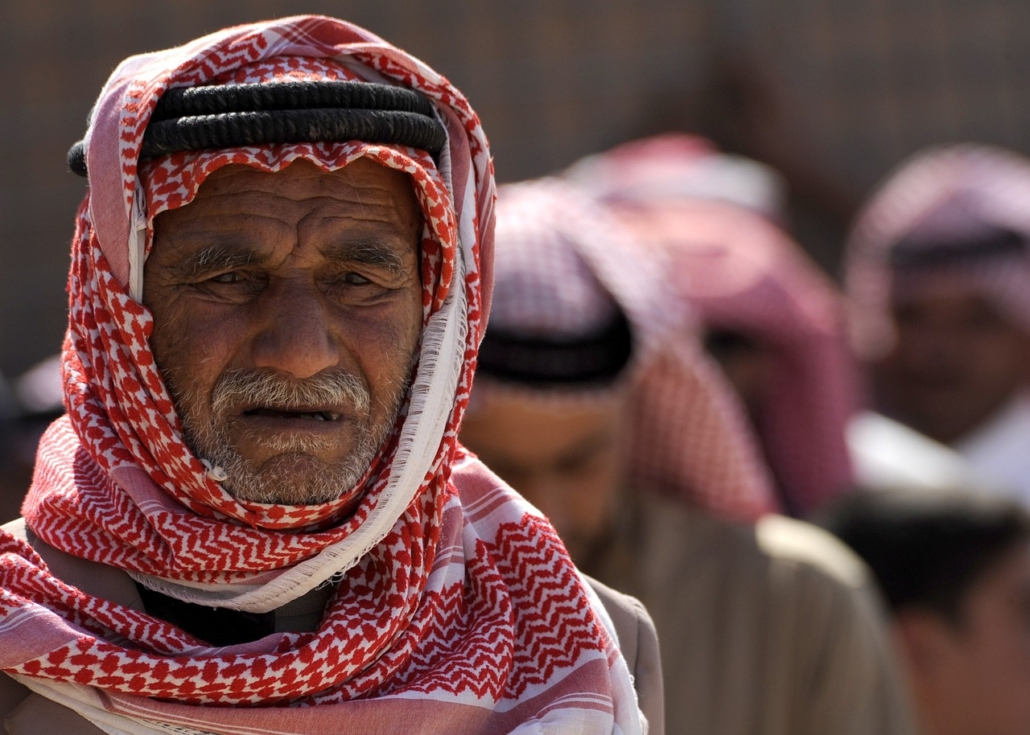
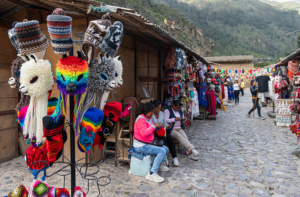 Peru
Peru 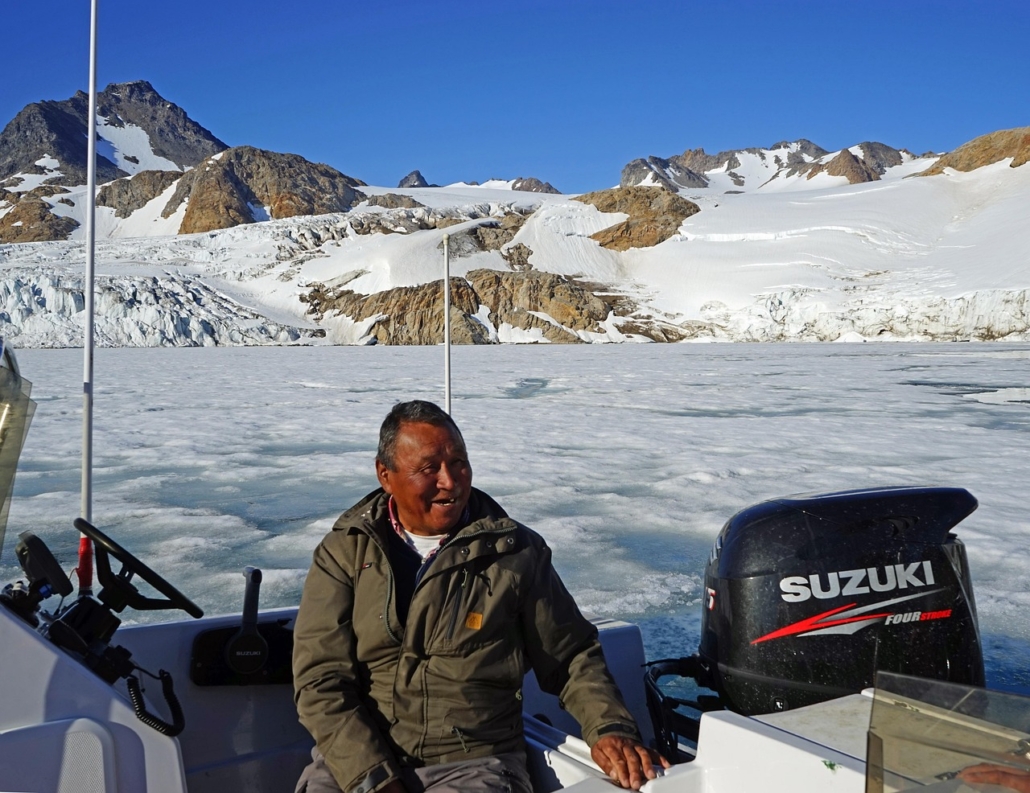
 The Democratic Republic of the Congo (
The Democratic Republic of the Congo (
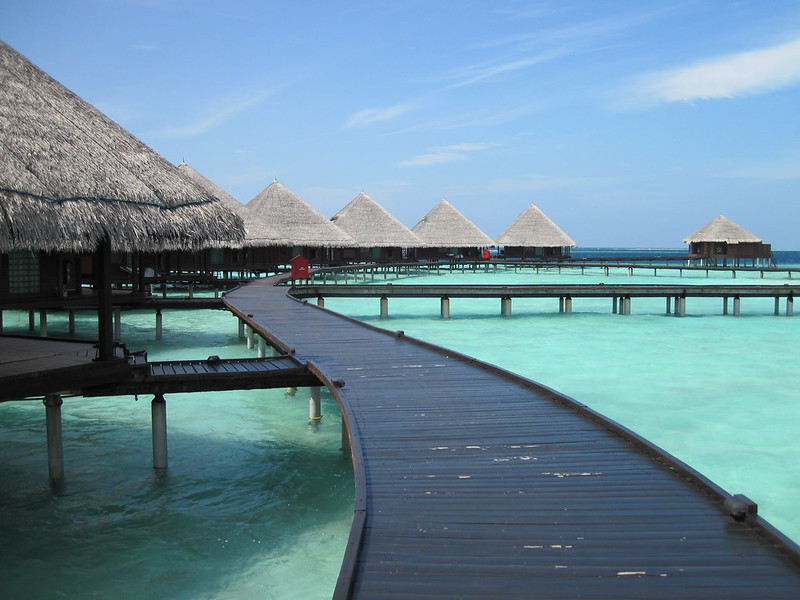 For decades, the Maldives has been an oasis of
For decades, the Maldives has been an oasis of  The
The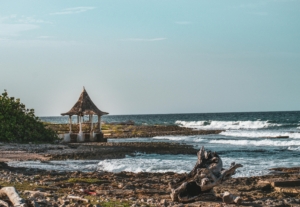
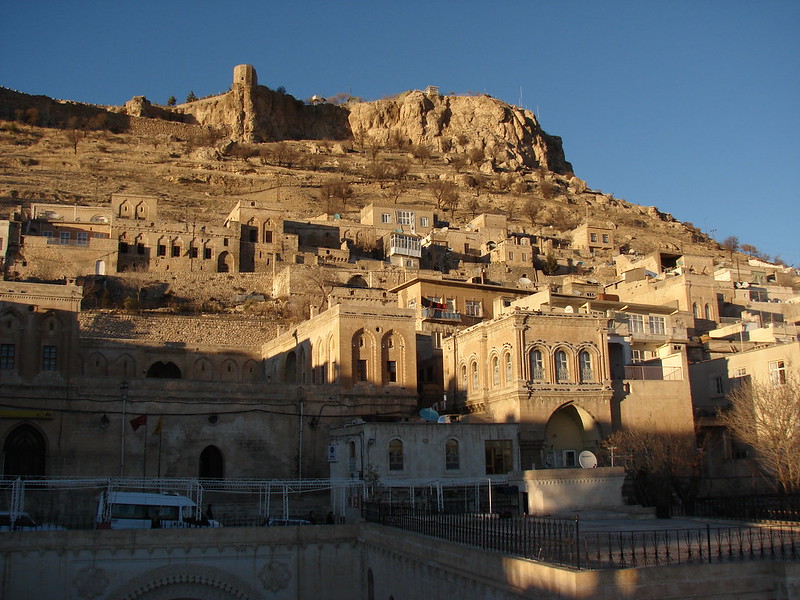 The southeastern regions of Turkey face significant challenges as
The southeastern regions of Turkey face significant challenges as 